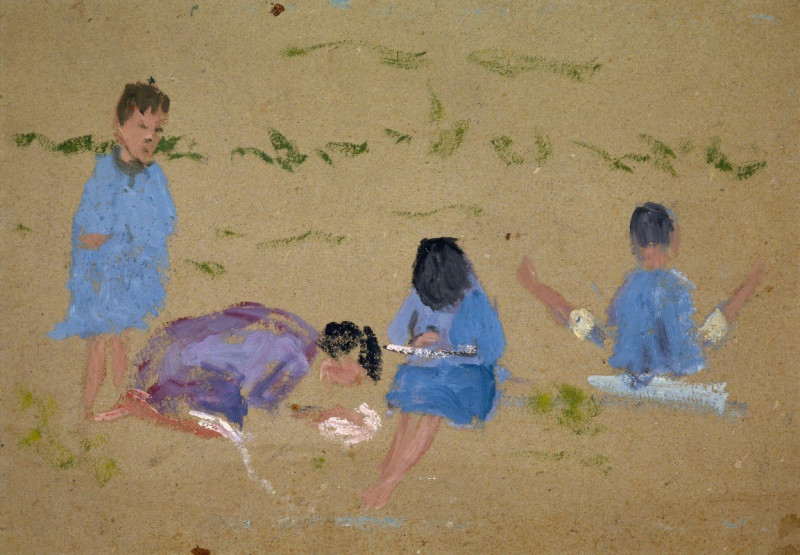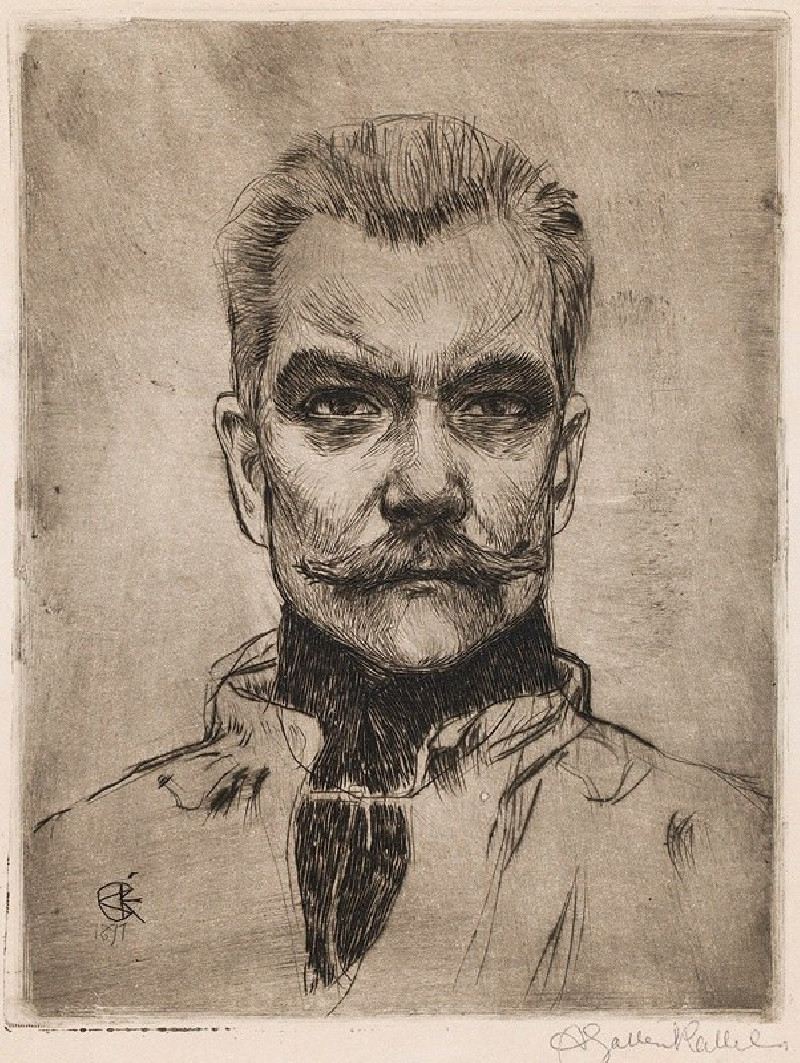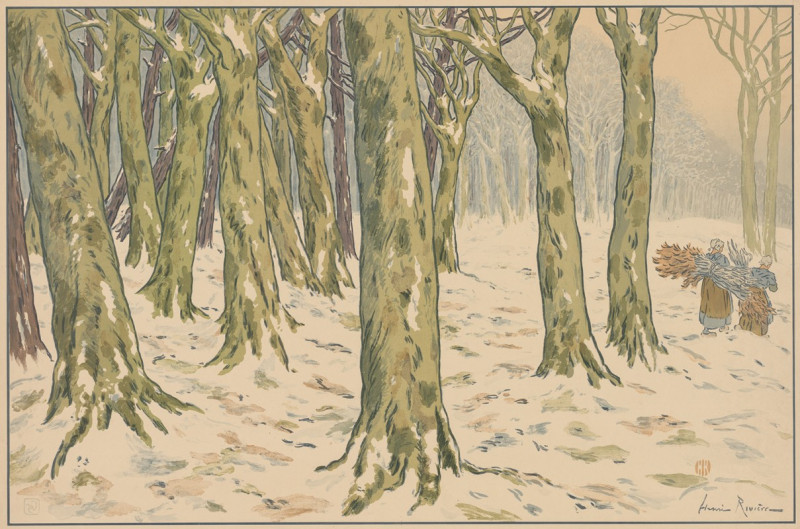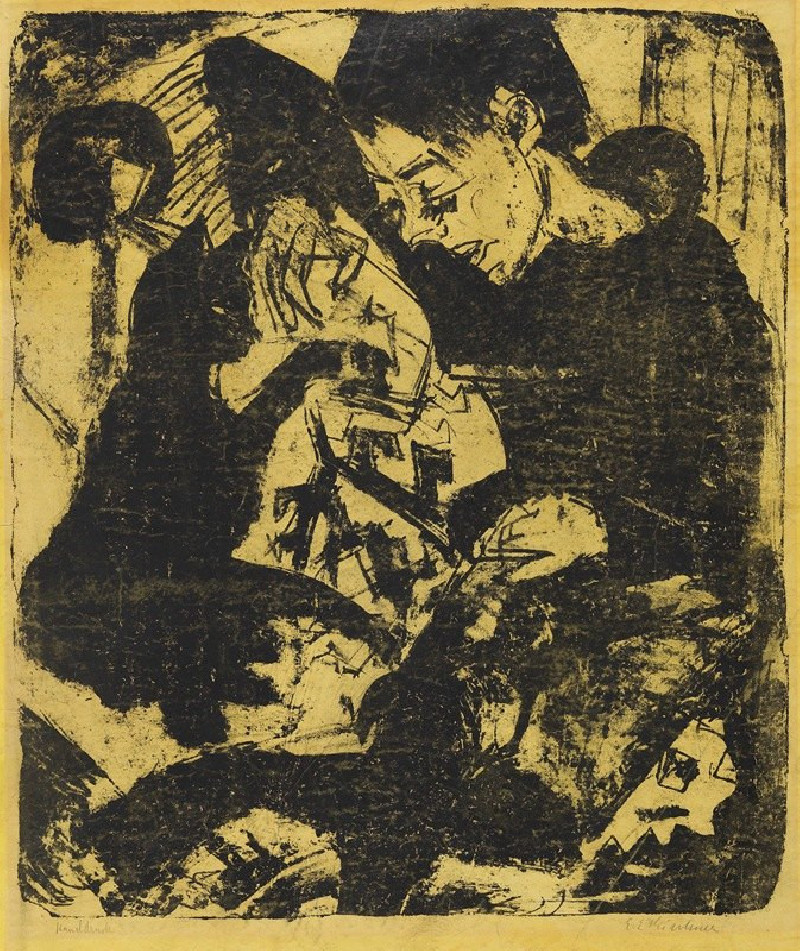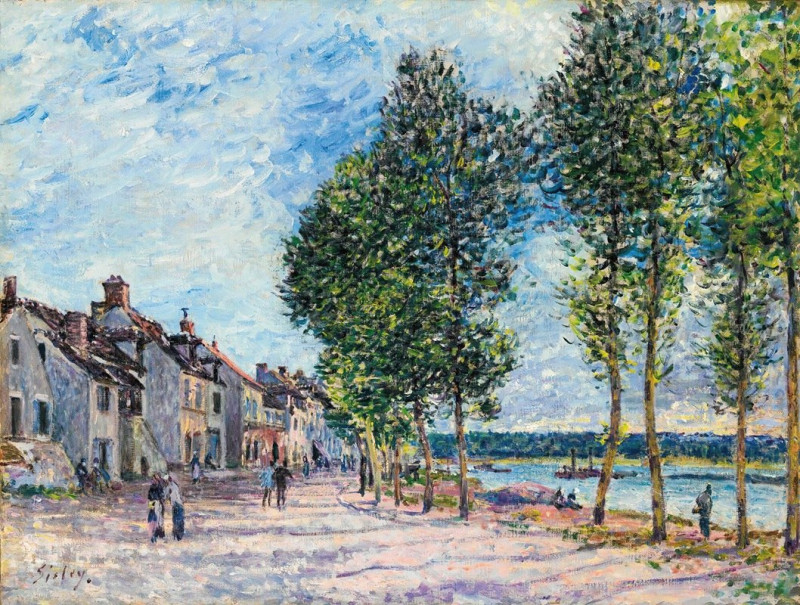Young Woman In A Pink Skirt (c. 1845–50)
Technique: Giclée quality print
Recommended by our customers
More about this artwork
"Discover the gentle allure of Jean-Baptiste-Camille Corot's 'Young Woman In A Pink Skirt,' painted around 1845–50. This exquisite portrait captures the essence of Corot's mastery in blending portraiture with a landscape-inspired background. The young woman depicted is seated gracefully, her attire consisting of a soft, white blouse and a striking pink skirt that adds a touch of vibrancy to the somber tones of the setting. Her direct gaze and the slight openness of her lips evoke a sense of immediacy and connection with the viewer.The subdued, earthy background contrasts beautifully with the vividness of her attire, highlighting Corot's skillful use of color to draw focus. The delicate brushwork on her face and the detailed texture of her clothing showcase Corot's ability to combine realism with poetic sensitivity. This painting not only highlights the artist's talent for capturing the subtleties of human expression but also reflects the romantic sensibilities of the mid-19th century.
Delivery
Returns
Jean-Baptiste-Camille Corot was a French landscape and portrait painter as well as a printmaker in etching. He is a pivotal figure in landscape painting and his vast output simultaneously references the Neo-Classical tradition and anticipates the plein-air innovations of Impressionism.

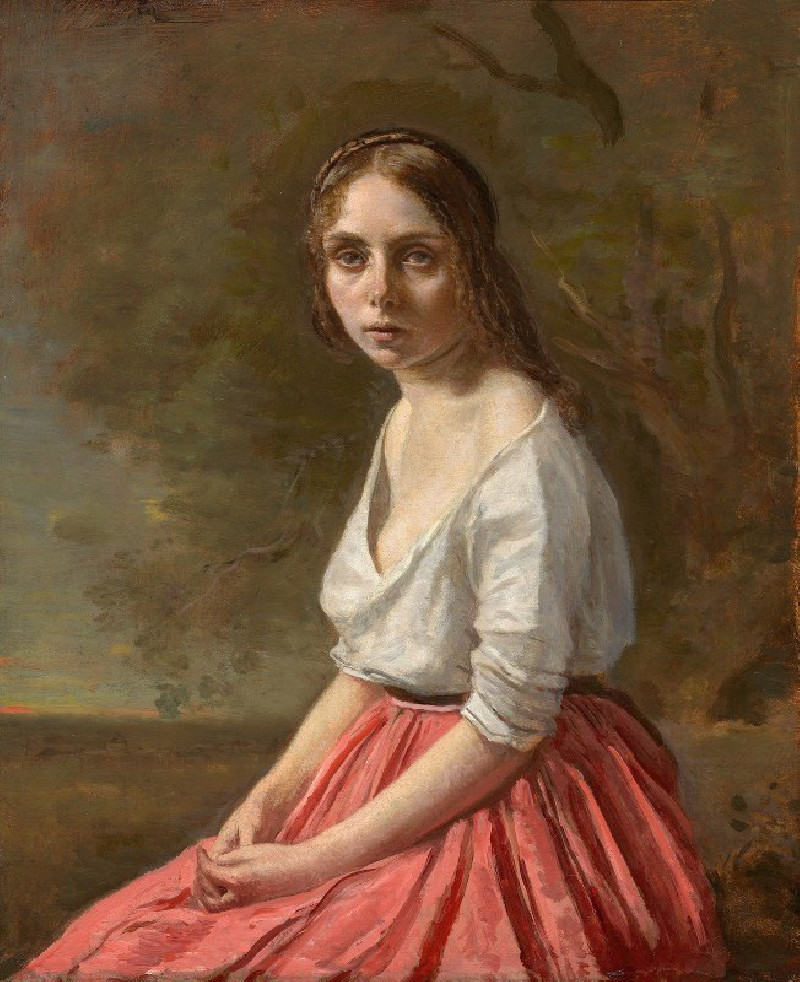
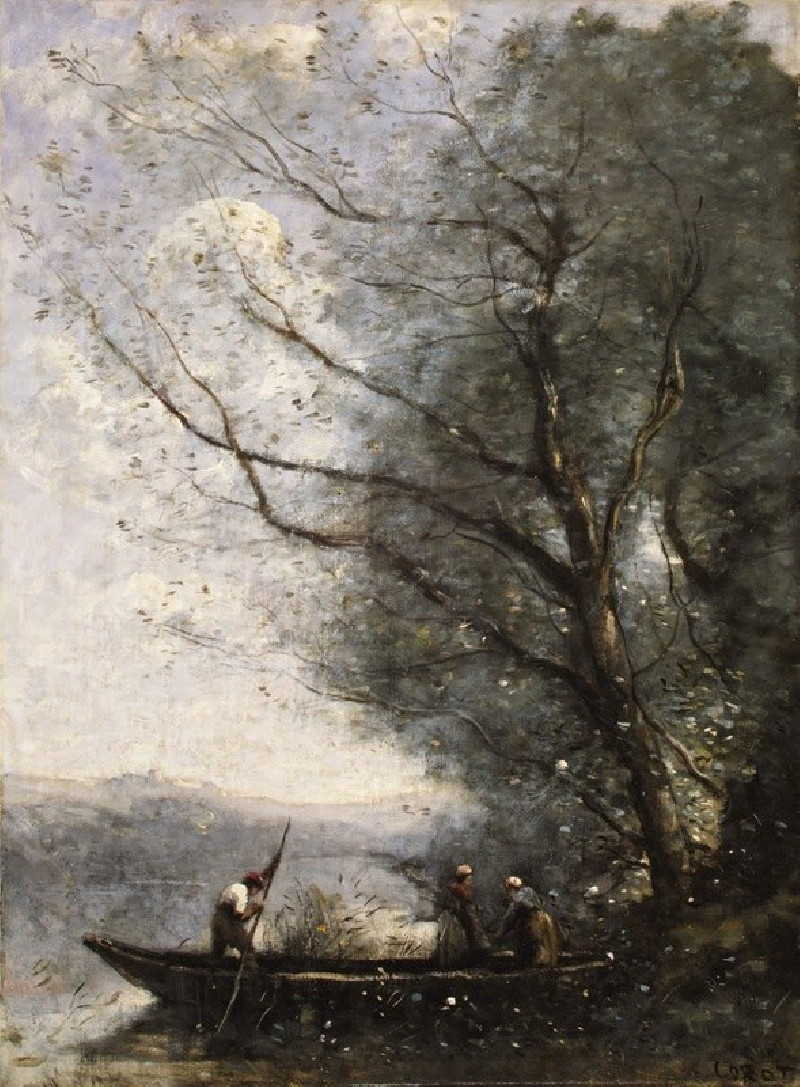
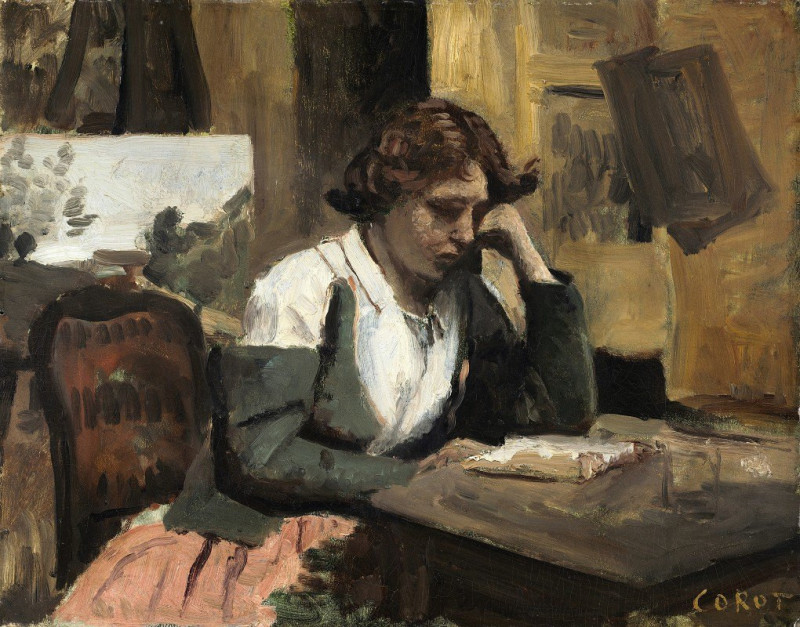
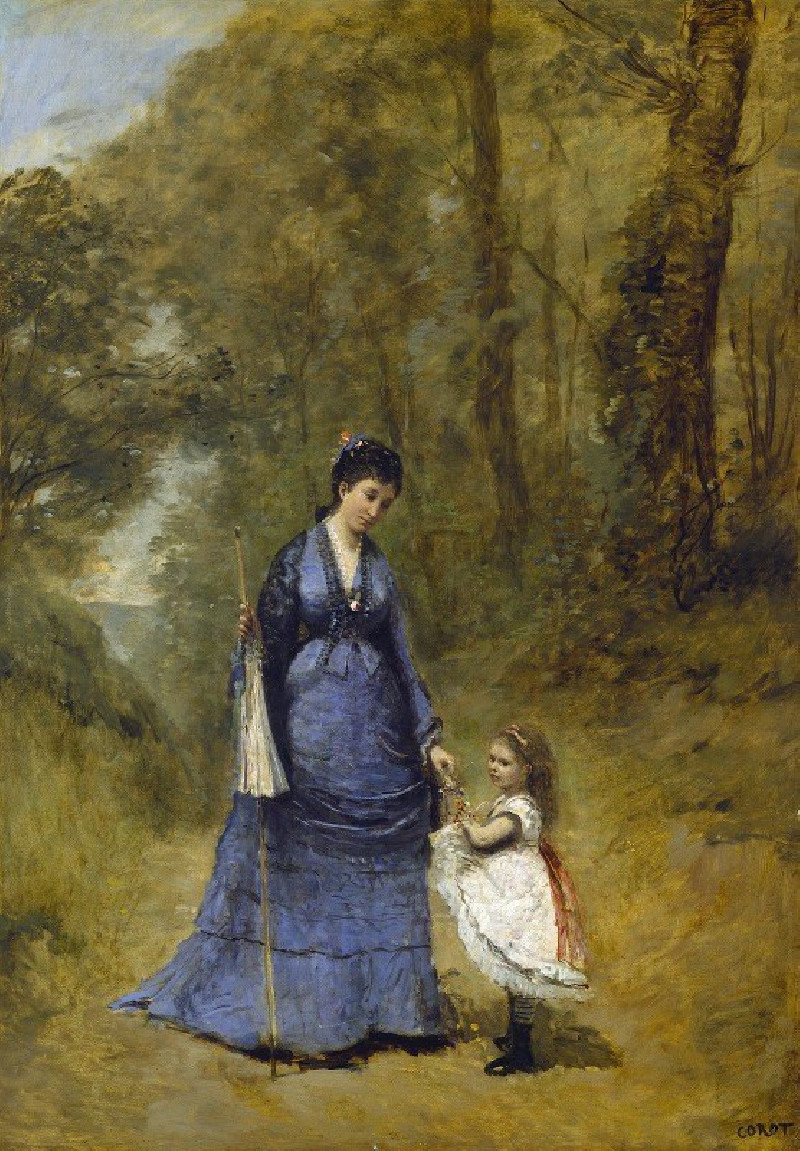
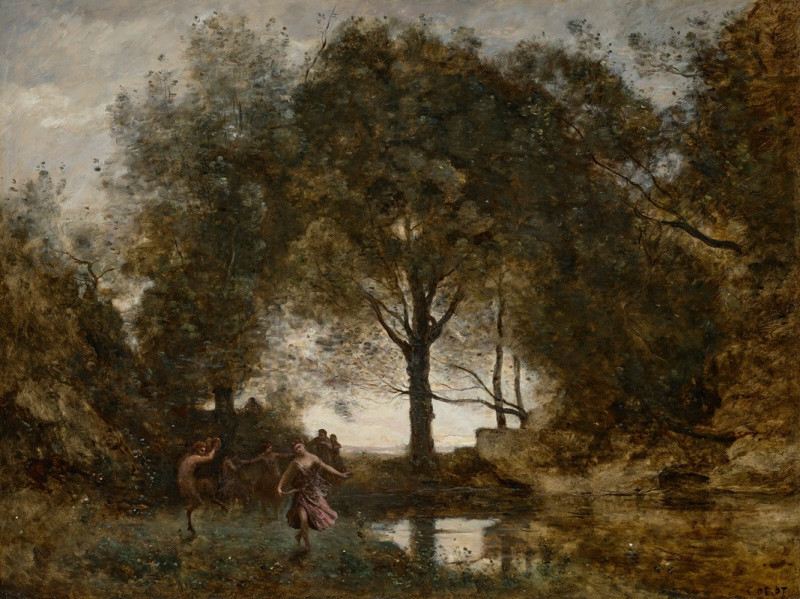
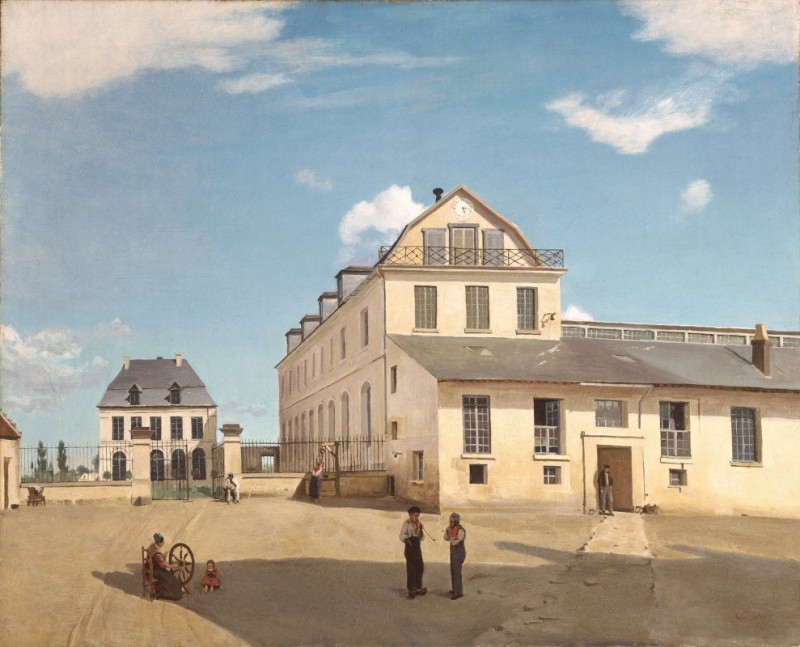
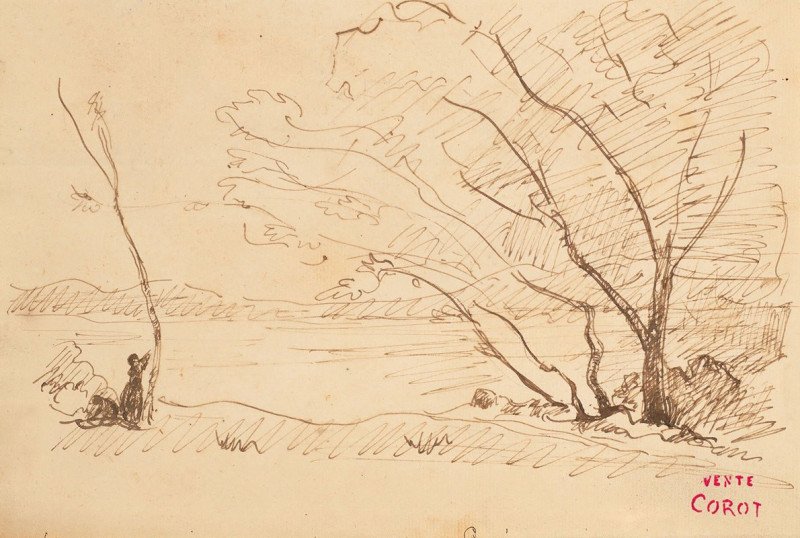
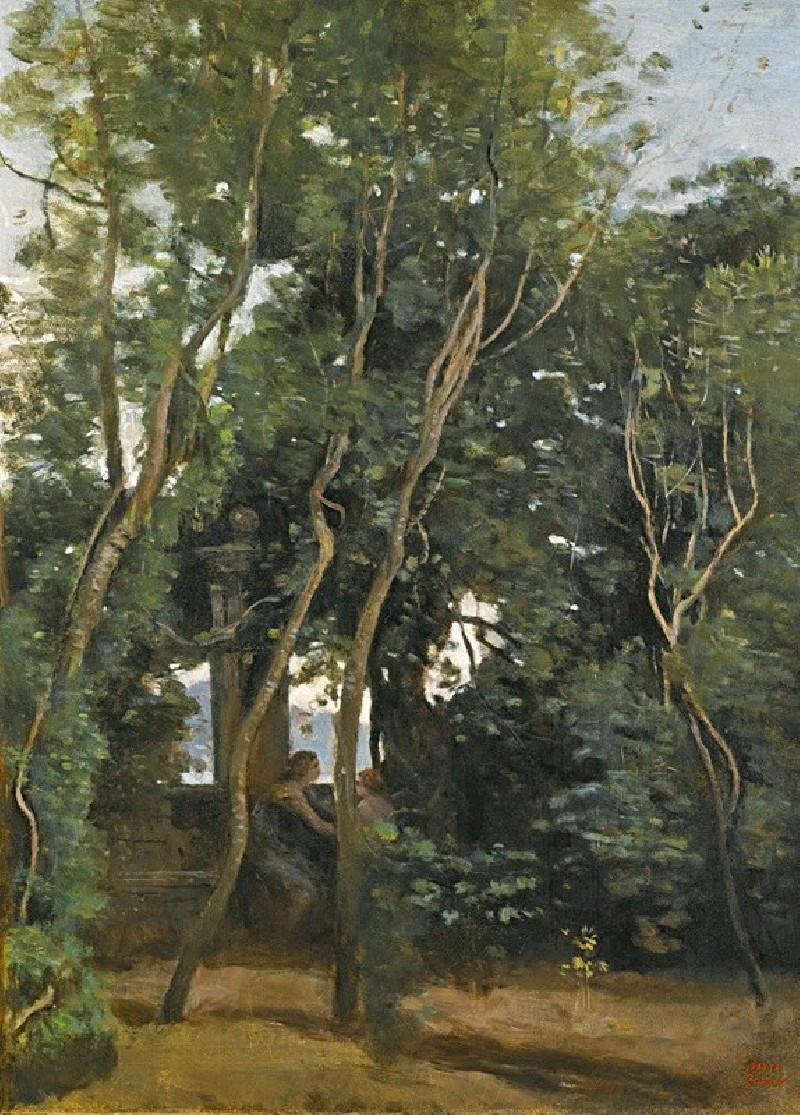
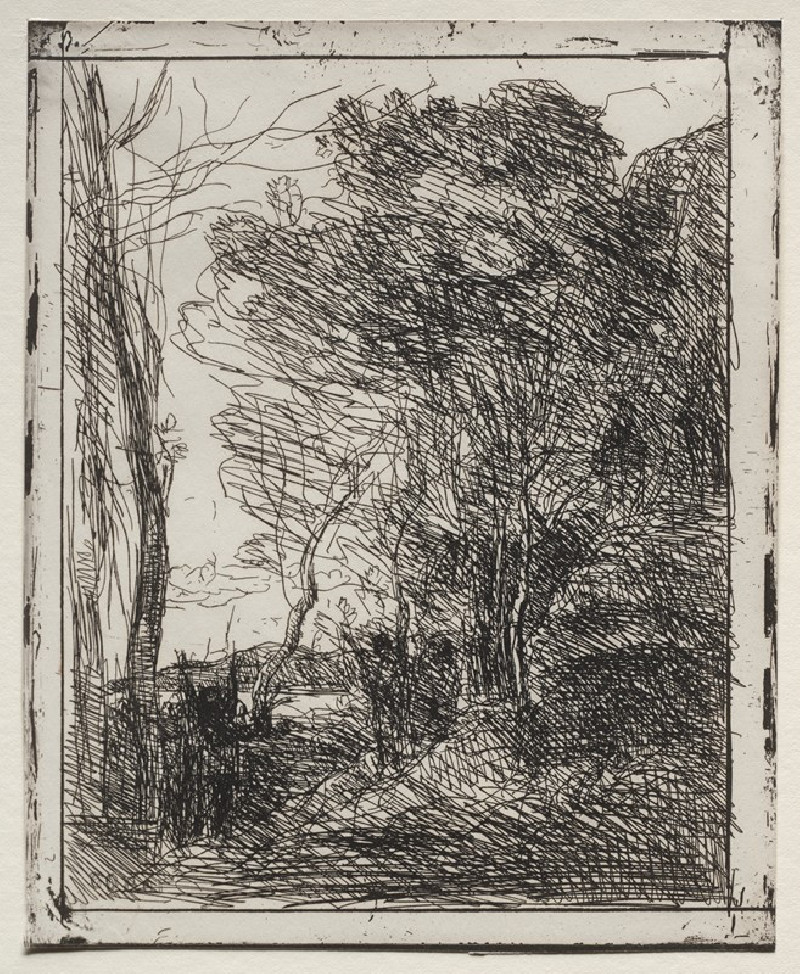

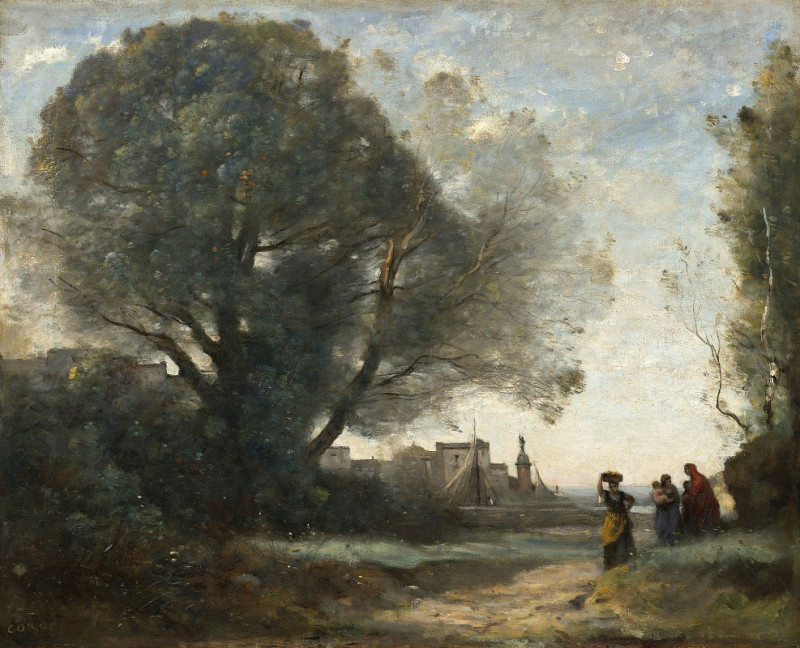
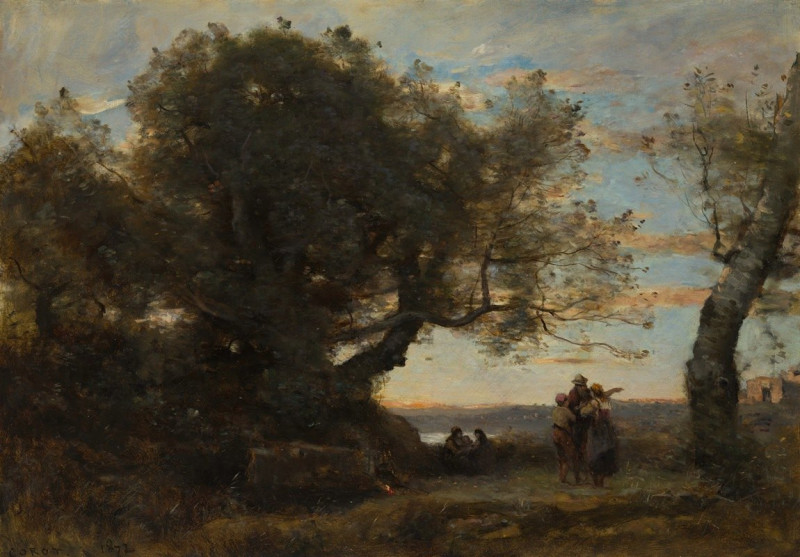
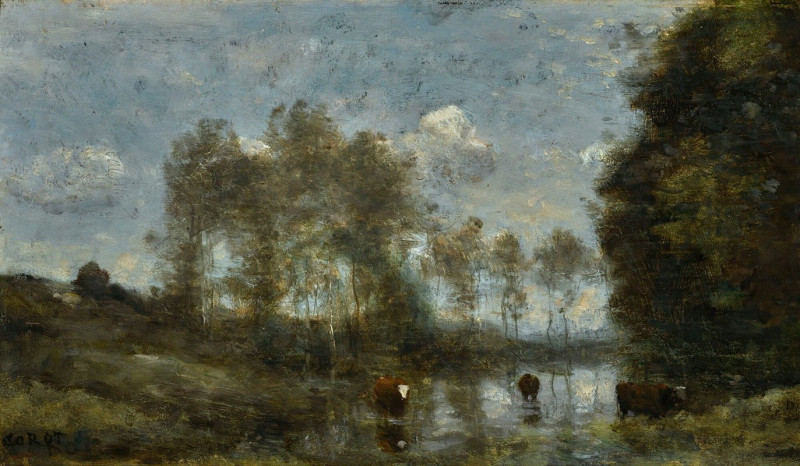
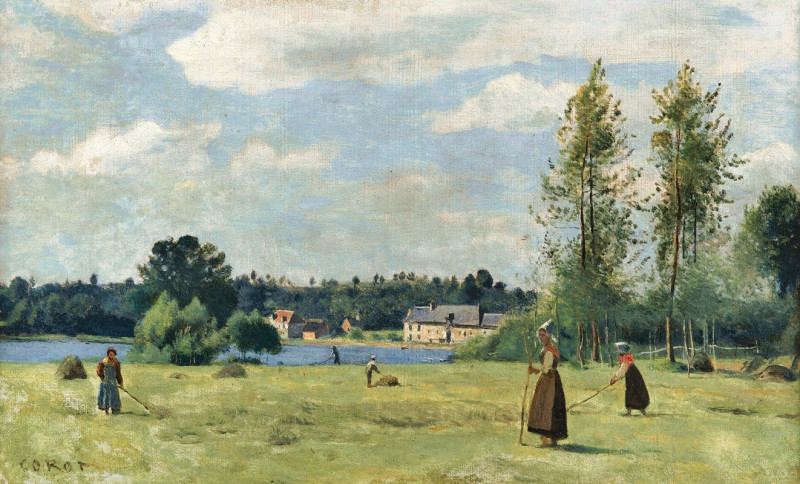
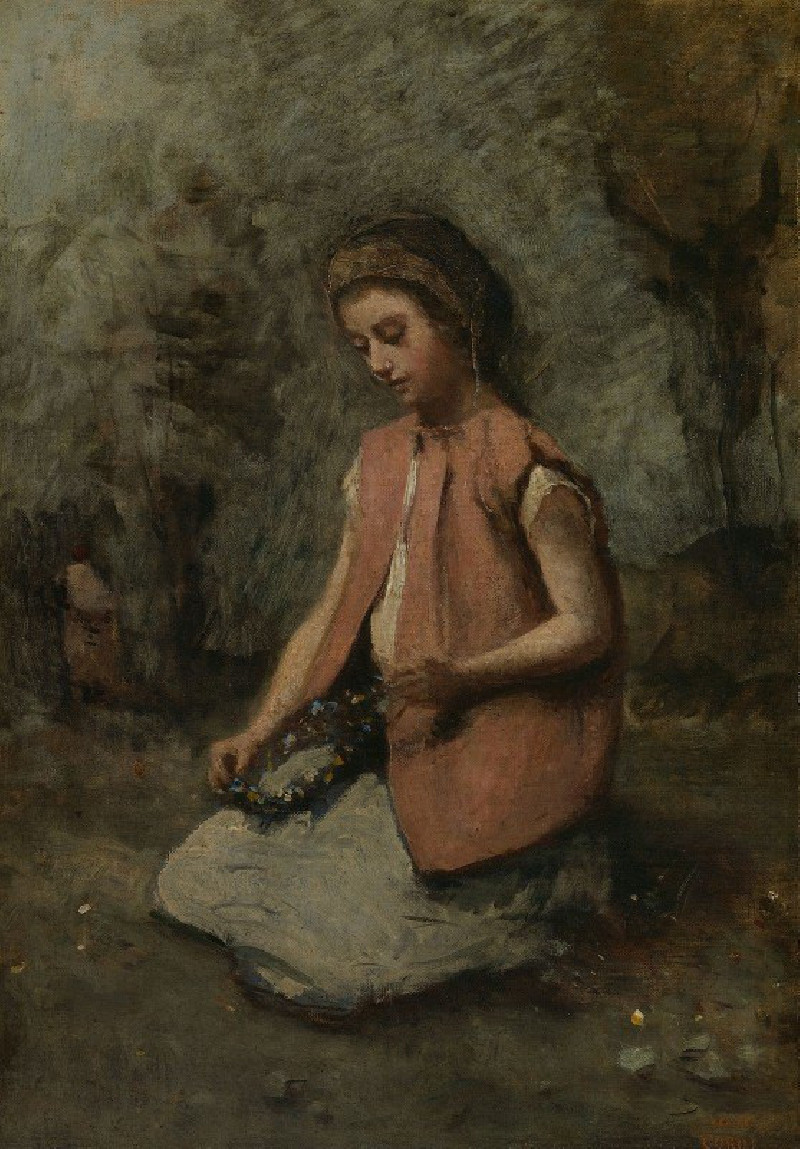
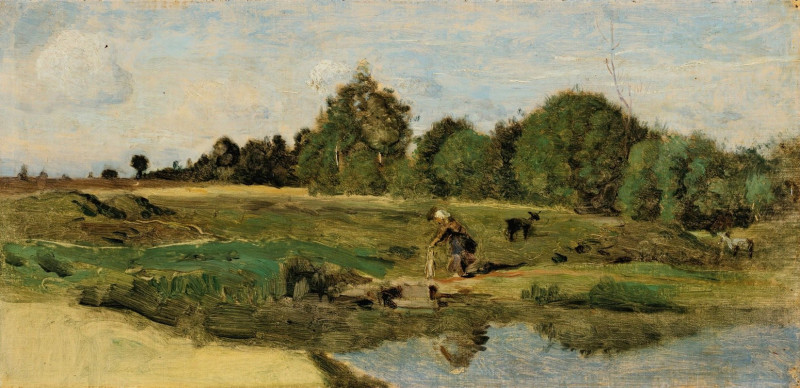
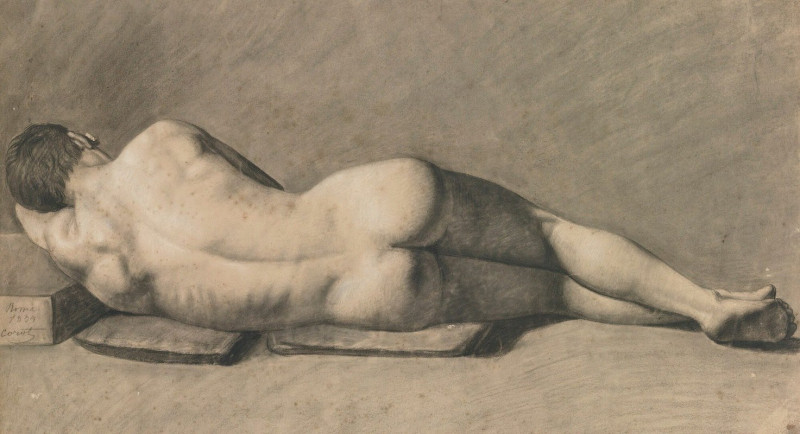
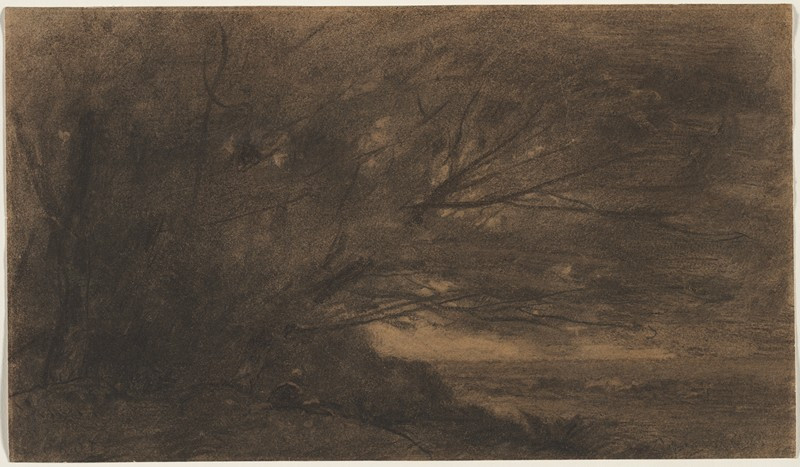
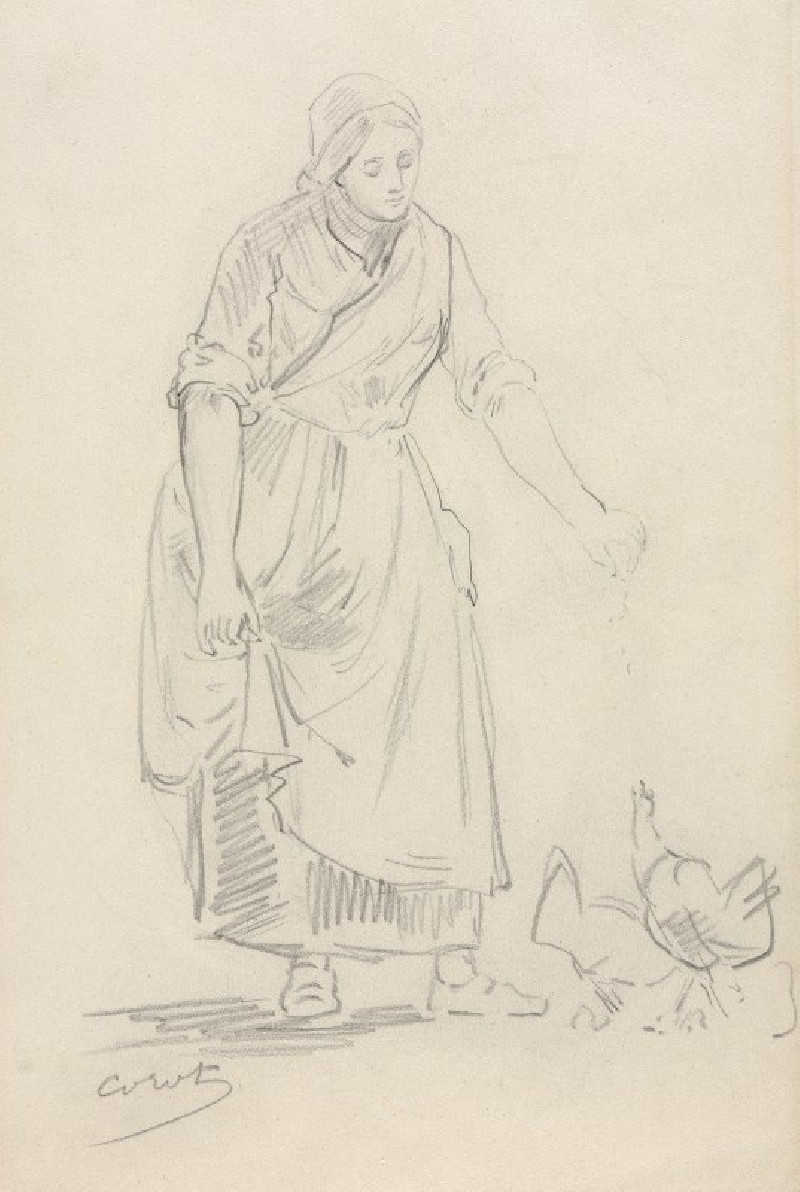
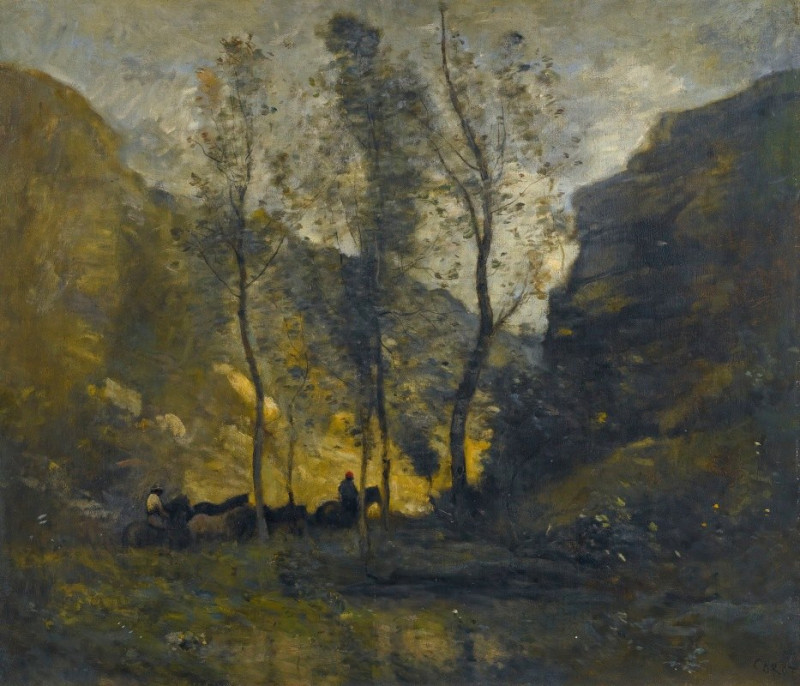
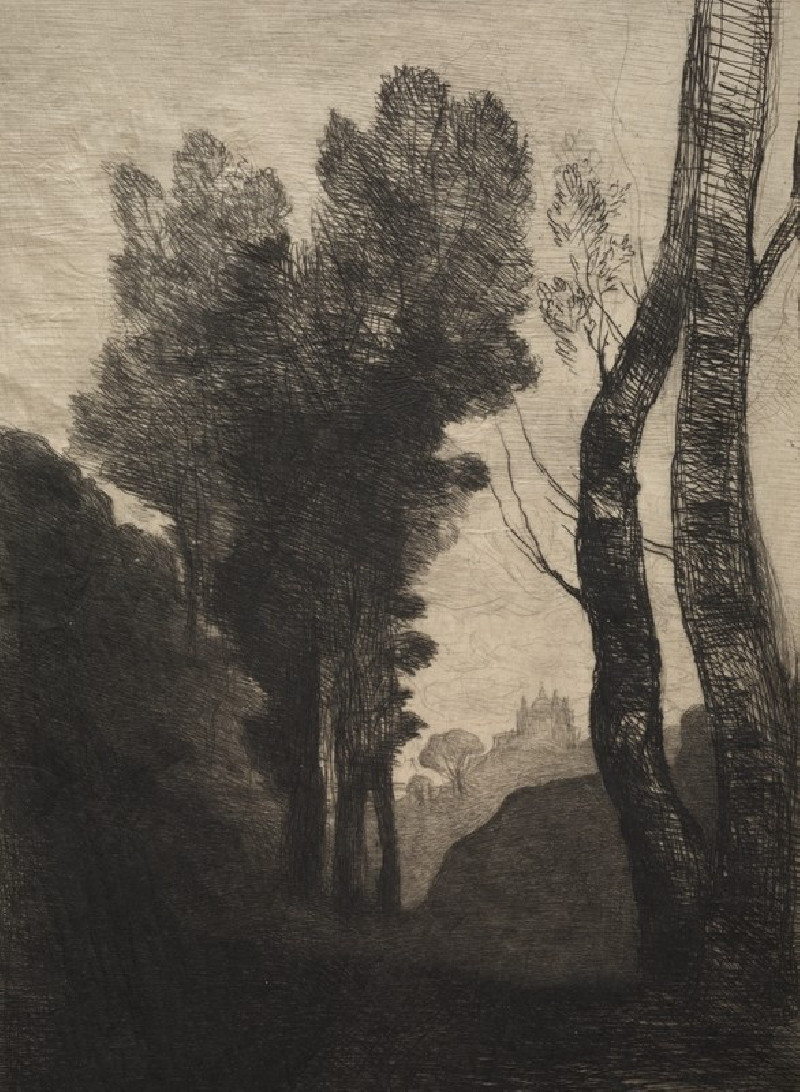
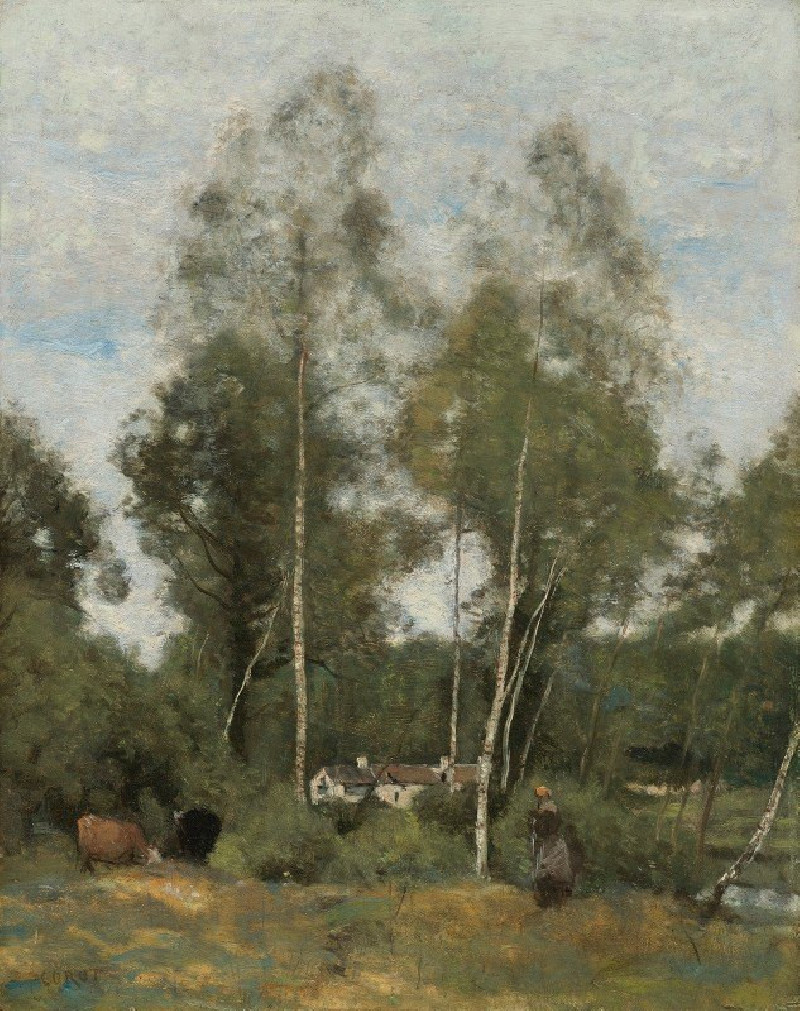
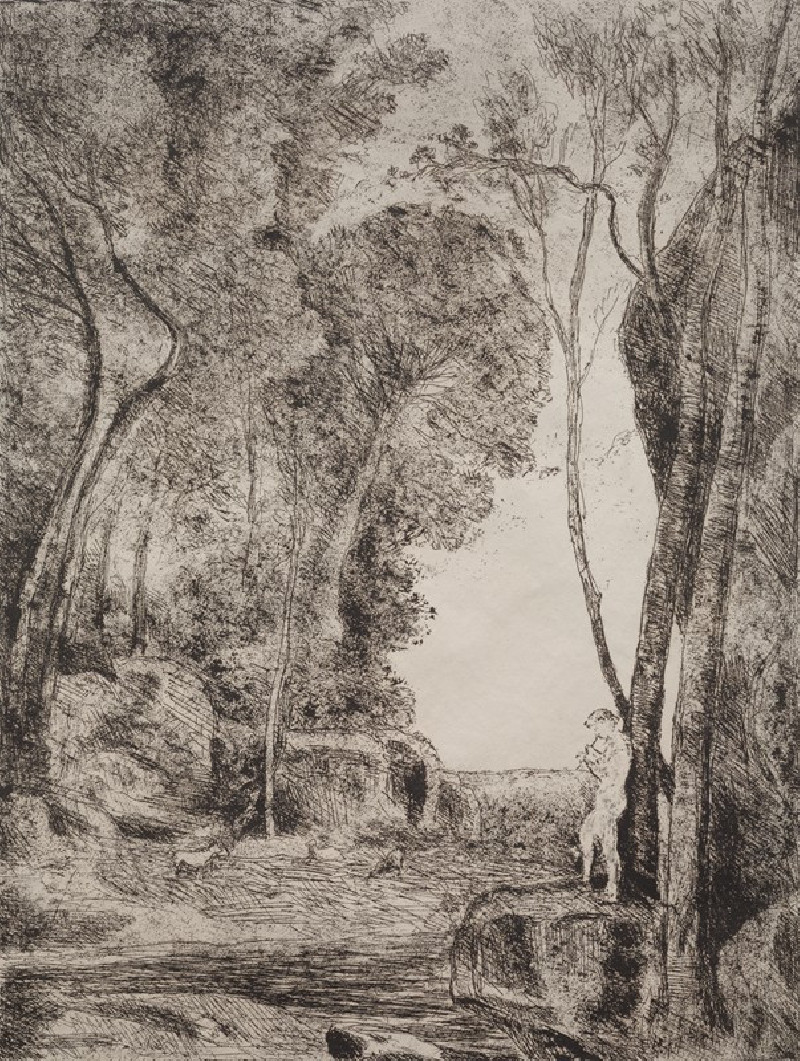
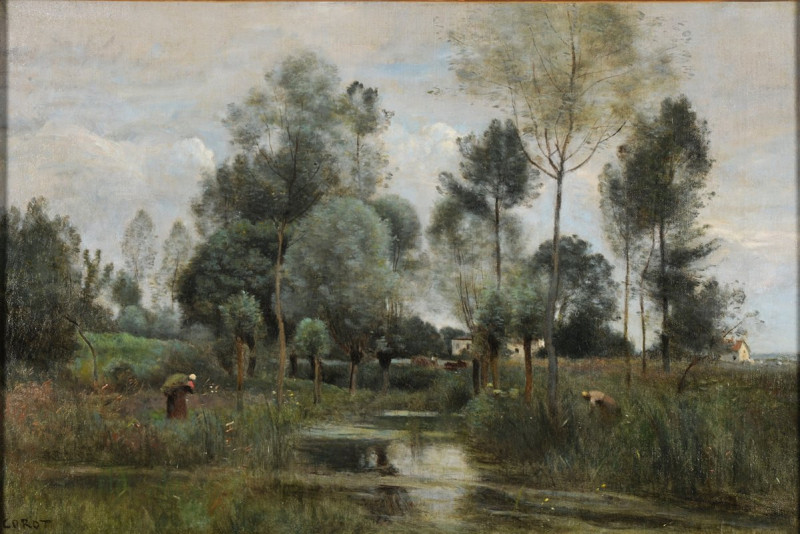

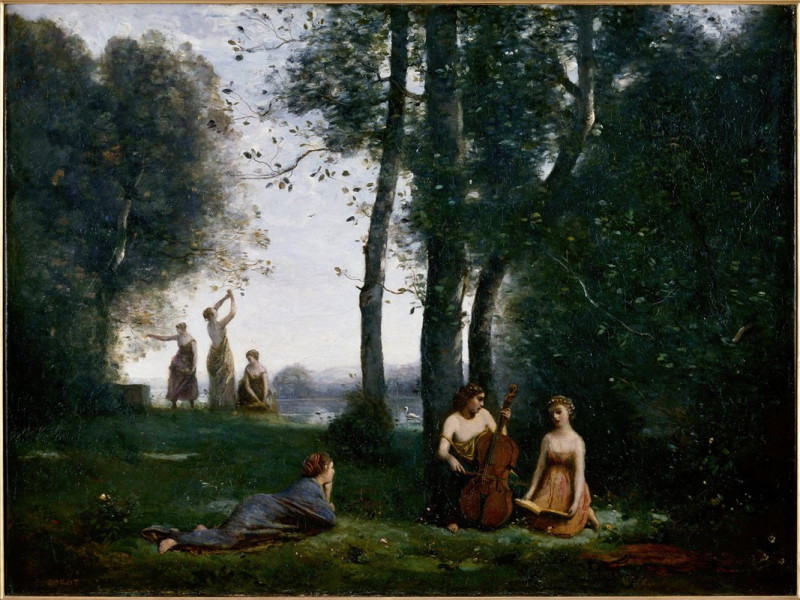
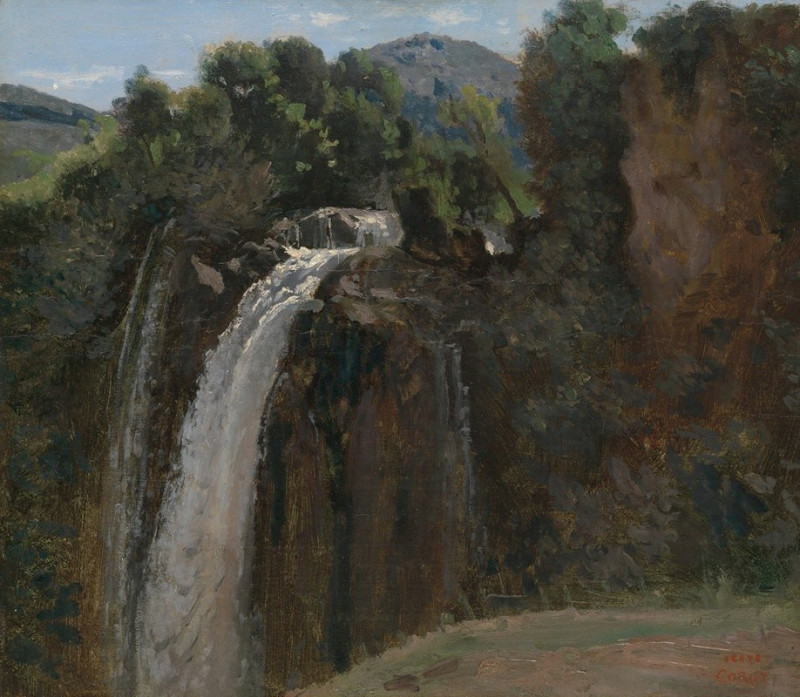
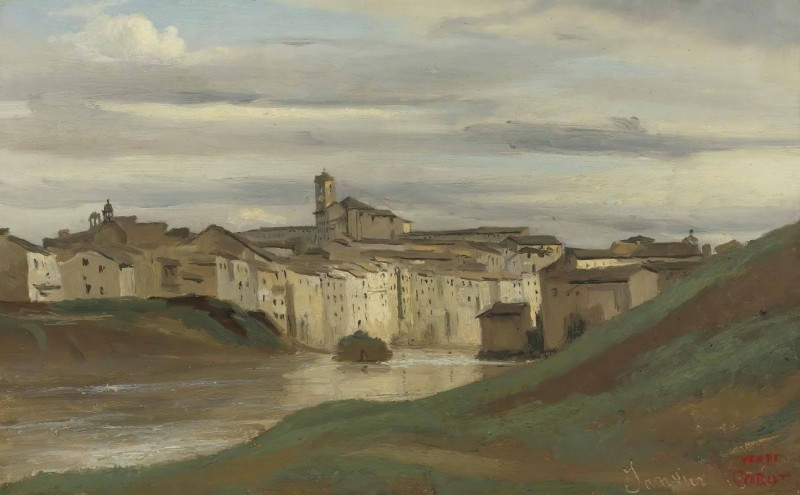

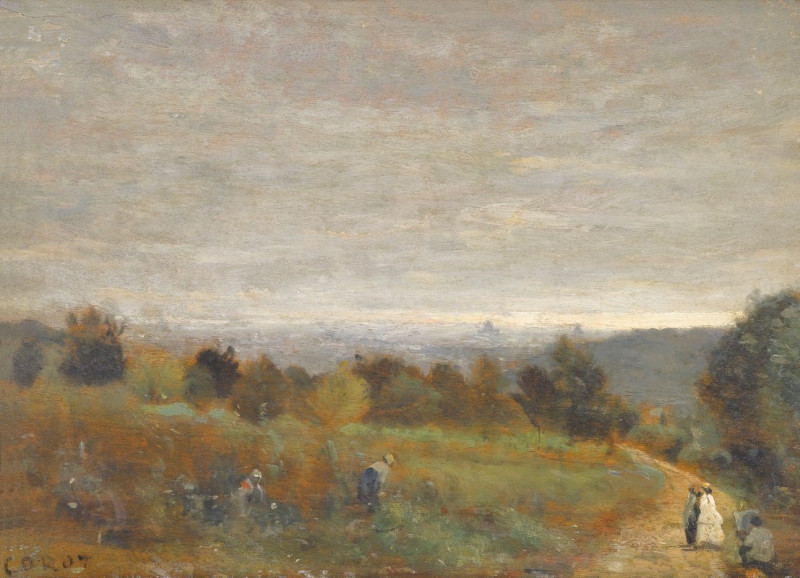
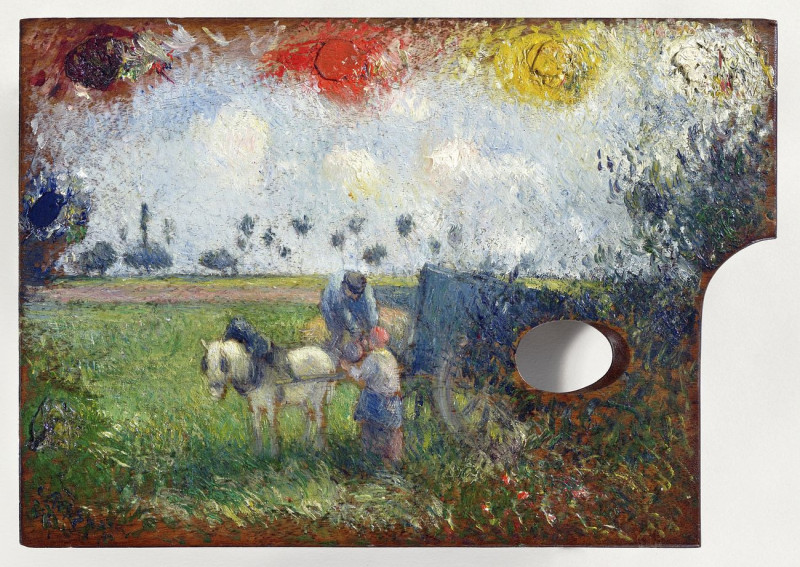
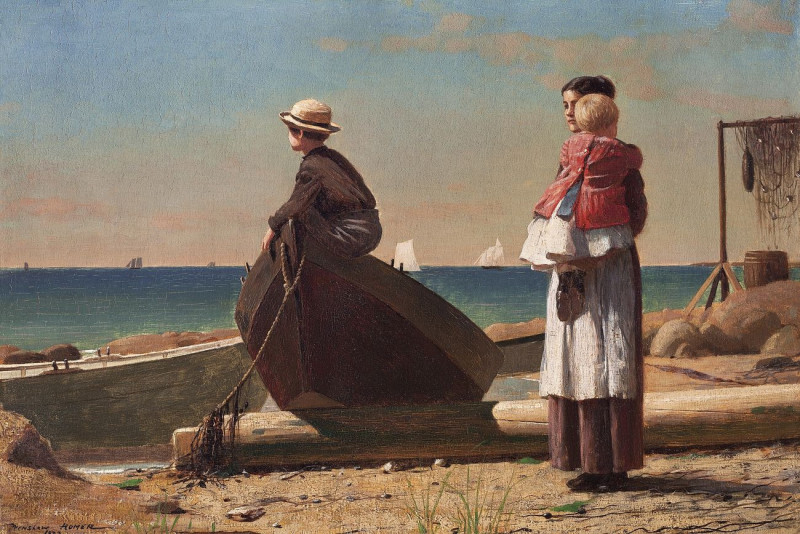
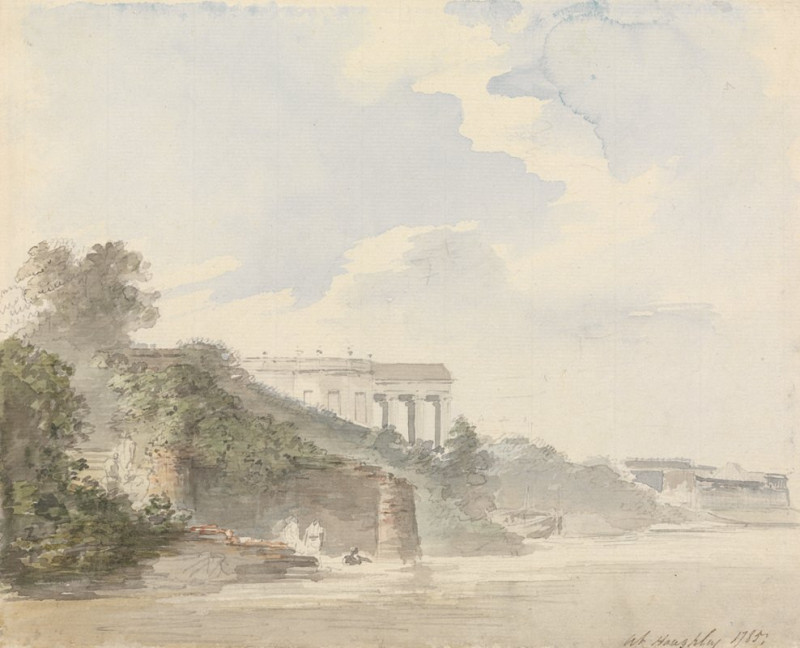
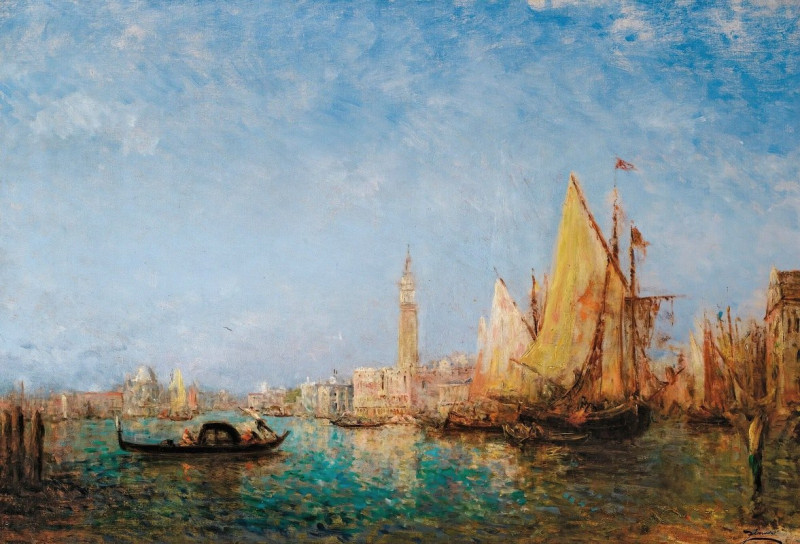
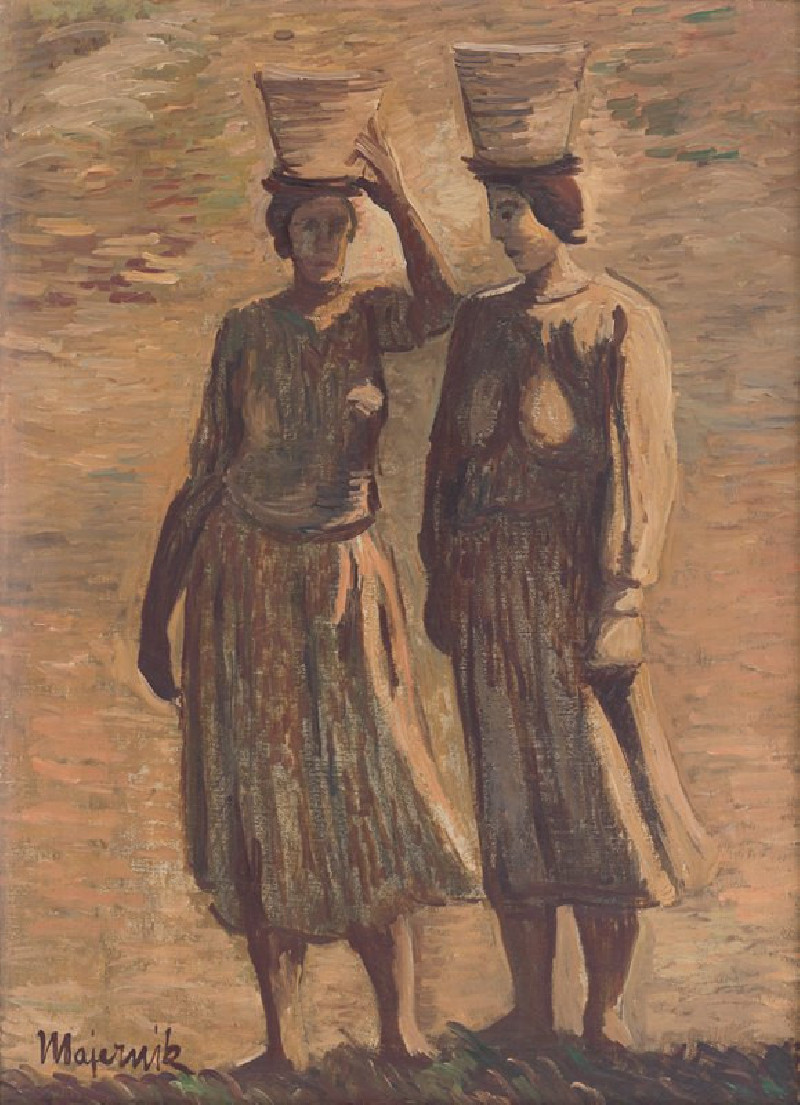

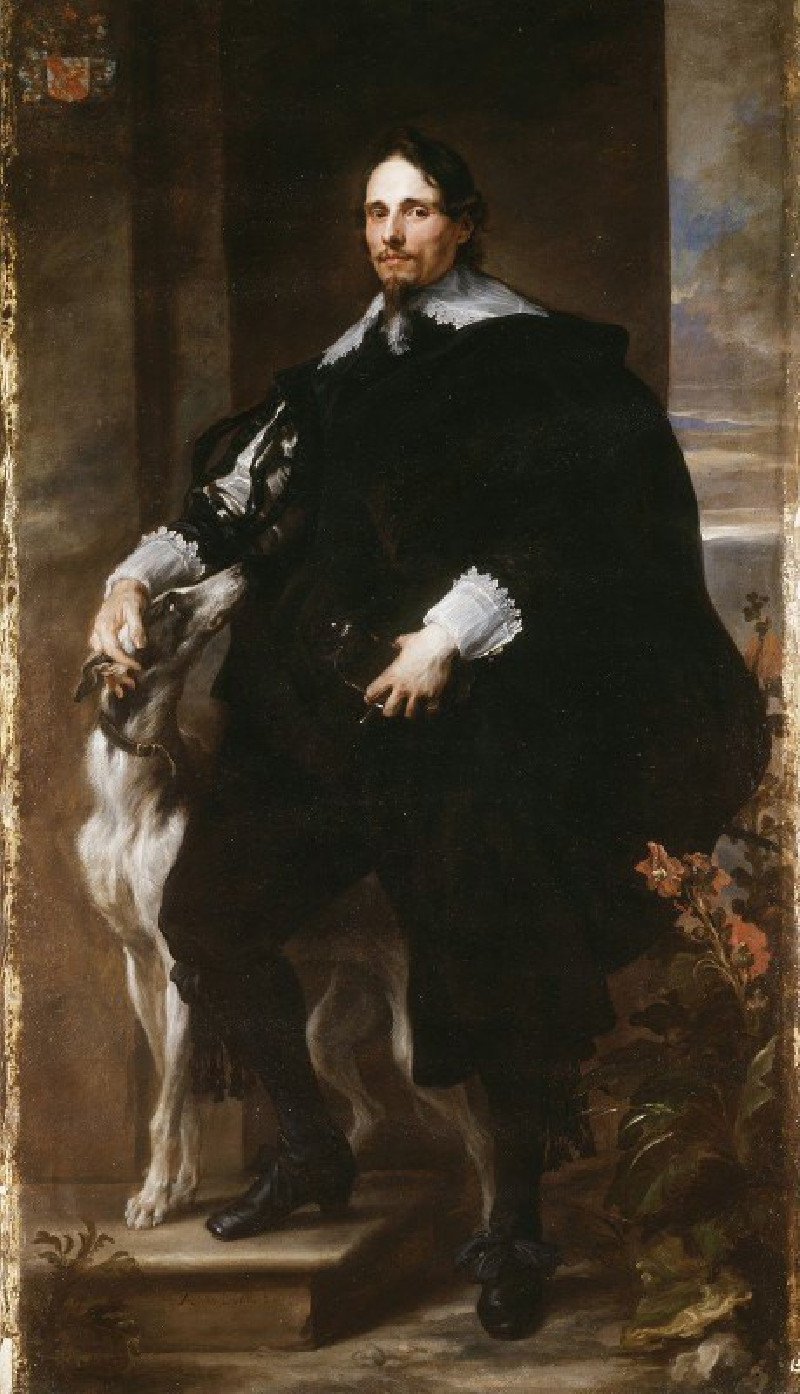
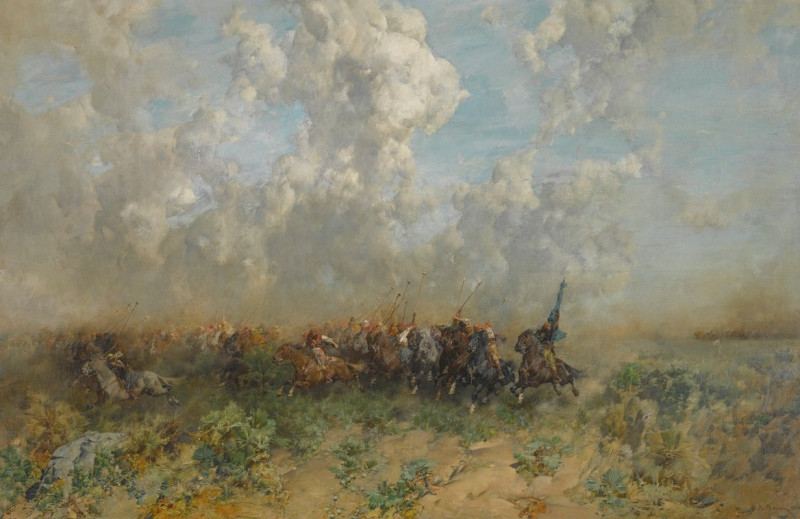
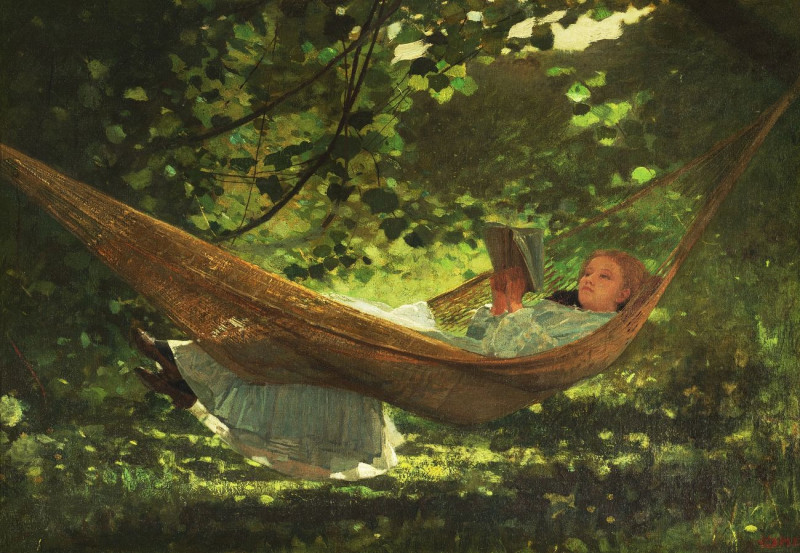
![Gateway of Poonaka [Puna Kha] (1783) reproduction of painting by Samuel Davis. ALL GICLEE PRINTS](https://reprodukcijos.lt/50229-large_default/reproduction-of-gateway-of-poonaka-puna-kha-1783.jpg)
